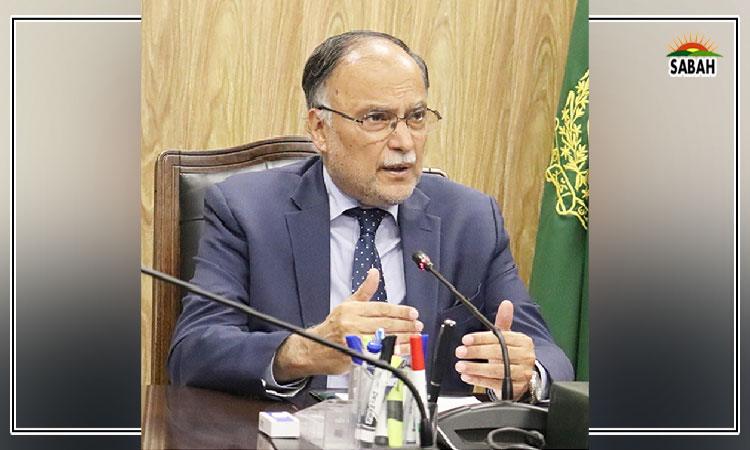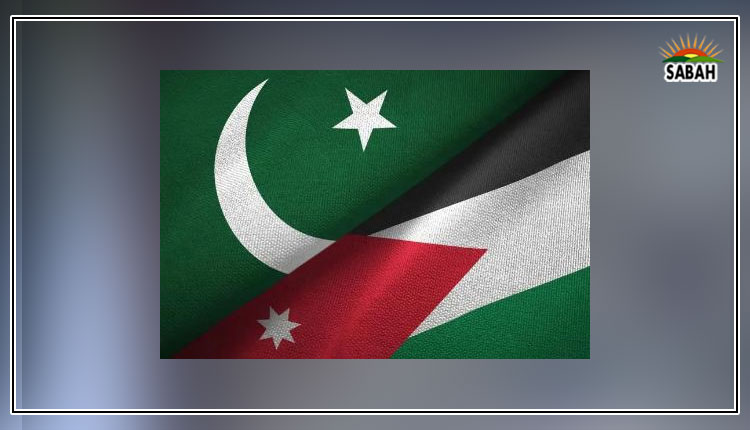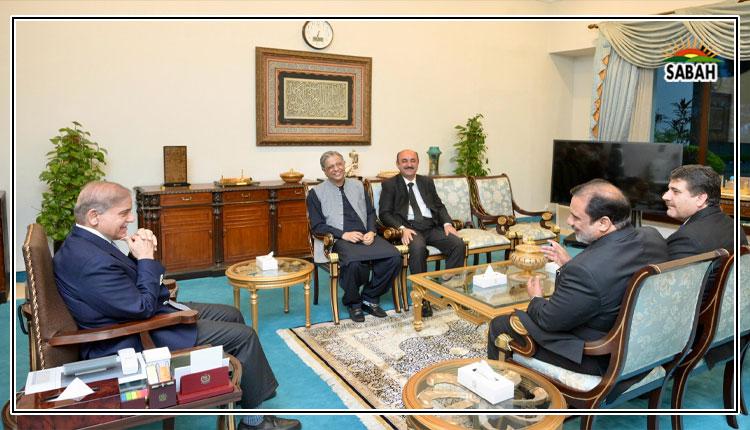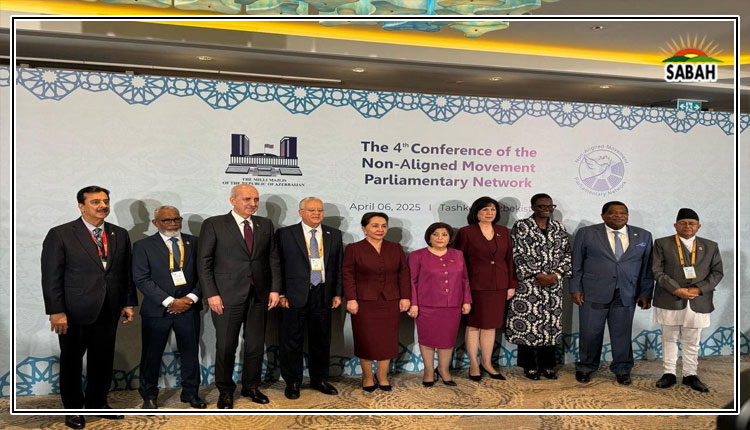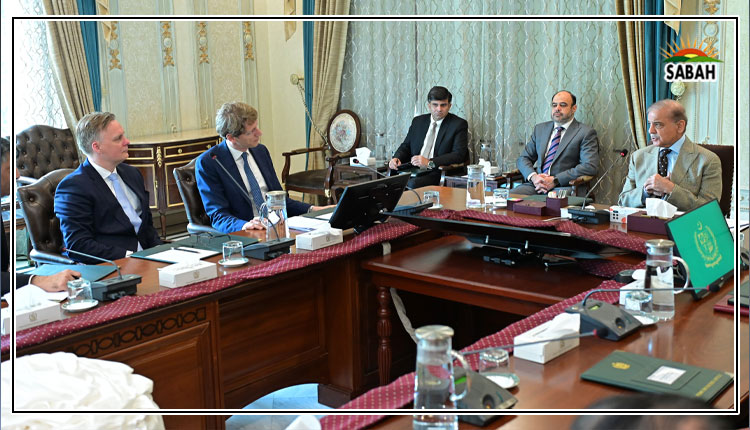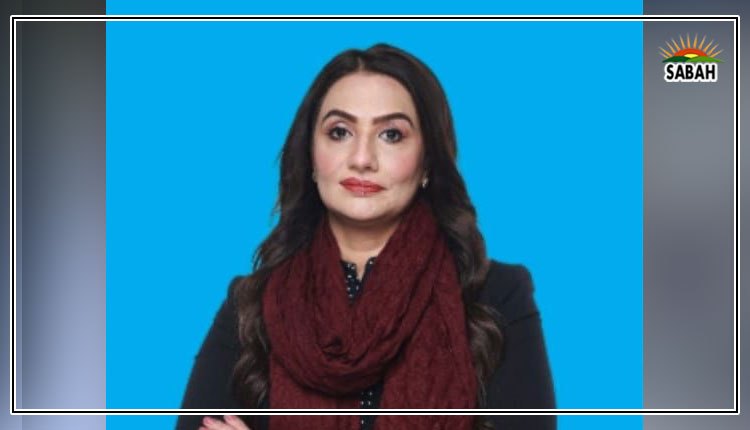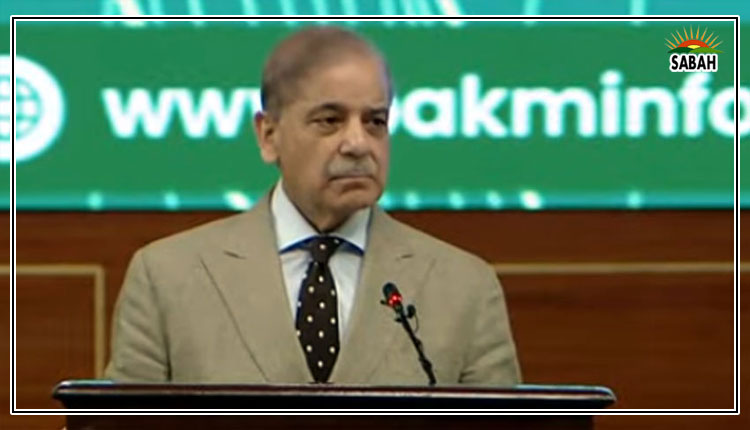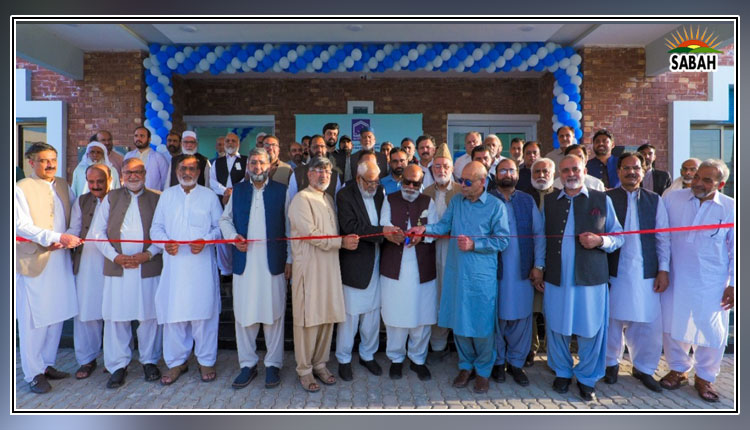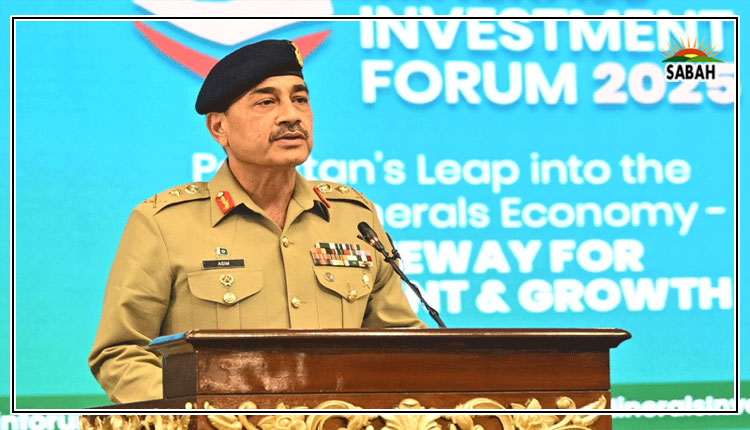The education cul-de-sac … Furqan Ali
Despite decades of reforms, Pakistan’s education system remains in a state of perma-crisis. In an era of rapid technological transformation, the nation continues to grapple with children not attending school, and those who do are often ill-prepared to compete with the globe.
While our country is going through a phenomenon of demographic bonanza, with around 140 million under 25, it is estimated to be the world’s third-largest youth population by 2100 due to high fertility and low replacement rates, thus making it a regional powerhouse in terms of demographic anomaly. Yet, prima facie, this potential seems far from realisation given the lack of robust edu cational infrastructure. It faces challenges at two levels:
First, the humongous bulge of 26.09 million 5-16-year-old out-of-school children (OOSC), with girls comprising 53 per cent of the total. Gender disparities are pronounced in KP, where girls account for 64 per cent of OOSC. In Balochistan and Sindh, girls make up 51 per cent and 54 per cent of OOSC, respectively, with Sindh showing particularly high disparities at the middle level, where 60 per cent of OOSC are girls. Islamabad and Punjab exhibit narrower gaps, with girls representing almost 48 per cent of OOSC. These figures underscore the significant gender-based educational challenges and the persistent inability to achieve universalization of education across Pakistan’s provinces and regions.
All of this is despite Article 25A (Right to Education) promising “free” and “compulsory” education to all children aged 5-16 years in the country post-18th Amendment, as well as multiple education emergencies being notified — first on May 7 and reiterated in September — outlining 14 tasks, with little to no progress made on them till now.
The second perpetrator of this hideous scene is the pauper pedagogy prevailing in the educational realm. According to the World Bank, Pakistan has the second-highest rate of learning poverty in the region, at 77 per cent, much higher than the South Asia regional average as well as the average for lower-middle-income countries. Only 23 per cent of 10-year-olds in Pakistan can read and understand an age-appropriate text. In comparison, the same metric stands at 44 per cent in India, 42 per cent in Bangladesh, and 85 per cent in Sri Lanka.
Pakistani students also spend an average of 3.6 years in school without gaining meaningful learning, as per the Learning Adjusted Years of Schooling (LAYS) ranking. Girls are at a further disadvantage, losing an additional 0.6 years compared to boys. This disparity reinforces gender-based inequalities in economic participation and opportunity.
This learning impasse can be attributed to the phenomenon of ‘teaching to the test’, where examinations and assessments rely solely on textbook questions or past papers. This approach stifles critical thinking and contributes to the declining quality of education. Teachers in the public and private sectors often lack effective teaching skills, though the underlying dynamics differ. In private schools, except elite institutions (constituting only 3–4 per cent of total schools), teachers are frequently unprepared to deliver quality education. However, due to capitalistic motives — prioritising higher profits over costs — these schools hire teachers regardless of their qualifications.
In contrast, public-sector teachers are generally trained and better equipped to teach. Yet, their performance is incentivised not by the quality of learning outcomes but by attendance records and curriculum coverage. This misplaced focus results in poor learning outcomes despite the potential teaching capabilities of public-sector educators.
While we can foment reems over reems on the symptoms, we need to address the causing delinquents: the dwarf funding and the lack of good governance.
Regarding the first part: education’s share in Pakistan’s total budget continues to decline, falling from 13 per cent in 2020 to a mere 11 per cent in 2023. To fully understand the significance of this figure, compare it to pension payment and tax expenditure, which together account for almost 25 per cent of the total budget (Budget 25).
Among provinces, Khyber Pakhtunkhwa consistently allocated the highest share, peaking at 27 per cent in 2020 and stabilising at 25 per cent in 2023. In contrast, Punjab and Sindh showed steep declines, with Punjab’s share dropping from 20 per cent in 2020 to 13 per cent in 2023 and Sindh’s falling from 18 per cent to 14 per cent over the same period. Islamabad’s meagre 3-4 per cent allocation underscores the capital’s low prioritisation of education, while AJK maintained the most stable budgetary share at 21 per cent.
Regionally, Pakistan’s spending on education as a percentage of GDP remains dismal at lower than 2.0 per cent (personifying a negative CAGR of 7.0 per cent since 2019), far below Bhutan’s impressive 7.0 per cent or even India’s 4.6 per cent. Neighbouring Afghanistan, despite its political challenges, spends 2.9 per cent of GDP on education, surpassing Pakistan.
The comparison highlights the country’s lagging commitment to education funding, particularly when juxtaposed against smaller economies like Maldives (5.0 per cent) and Nepal (4.0 per cent). This underinvestment perpetuates systemic challenges, leaving Pakistan’s education sector under-resourced and unable to meet its growing needs. We need robust financing of 4-6 per cent of GDP immediately, as recommended by MLDAs.
Further, as far as governance is concerned, each successive government seems more zealous about hegemonising than reforming. The KP Universities (Amendment) Act, 2024, and the Sindh Universities and Institutes Laws Act, 2018 exemplify this trend. The former shifts the power to appoint vice-chancellors (VCs) from the governor to the chief minister, while the latter allows a Grade-21 bureaucrat to be appointed as VC. Notably, dozens of universities this year were functioning without a VC at all.
There is a need to overhaul the whole system cap-a-pie. We must adopt rational and inclusive educational policies, foment superlative governance, embrace the technological shifts that have revolutionised every other aspect of our lives and apply them meaningfully to education. Bridging the urban-rural divide and addressing gender disparities is inevitable, not just to improve literacy but to realise the potential of Pakistan’s youth — its invaluable resource.
To universalise education, various models can be employed: constructing new schools, upgrading existing ones, operating second shifts, fostering public-private partnerships (PPPs), or encouraging private entities to establish schools in rural areas.
Adequate funding, long advocated by the MLDAs and local experts, is key. Pakistan’s investment in education must resonate with its ambitions; a robust increase in public spending is essential to provide the infrastructure, technology, and well-trained teachers that are fundamental to creating a thriving learning environment. Achieving this, however, demands unwavering political will — one ready to challenge the entrenched political economy rather than perpetuate a rent-seeking system.
And while our decision-makers have largely focused on improving access to education — a commendable effort in itself — enrolling children in school is only the first step. Policies must prioritise learning outcomes over mere access or enrollment. Achieving this requires enhancing teacher selection and retention policies, improving teacher training and support, devolving authority to enable school leadership to play a more active role in decision-making, and implementing reforms in curriculum, teacher development, and student and teacher assessments.
Ultimately, children must emerge from schools equipped not only with literacy but with critical thinking skills, creativity, and a passion for learning that can drive personal and national transformation.
Courtesy The News


